SHINY COWBIRDs have DARK eyes
EL CHAMÓN PARÁSITO ES OJINEGrO
Molothrus bonariensis
The Shiny Cowbird measures up to 22 cm (8.7 in) length with a mass of 55-65 g. Found in agricultural fields near trees and bushes. It prefers semi-arid areas. The plumage of the male consists of a lustrous black with iridescent purplish and bluish gloss in his upper and lower parts; the wing and tail feathers have a greenish gloss color. The female is opaque grayish brown in her upperparts. Tail is dark brown. Iris is grayish to dark brown. Its strong and conical bill is black to neutral gray with a length of 13 mm. Tarsi (legs) and toes are blackish. Known to feed on most available food. They feed on insects, earthworms, waste small seed as sorghum or millet that easily take from animal feeders. It is a classical brood parasite. No nests are built. They lay eggs in other’s bird nests such as those of Troglodytes aedon (house wren) or the Mimus gilvus (mockingbird). Eggs with a shorter incubation time than that of the host. Her eggs will hatch first giving the cowbird a 1-2 day competitive advantage. The host will incubate and feed the chicks including those of the parasite cowbird. The clutch is from 4 to 5 eggs. Incubation lasts 11-13 days. Eggs are white to red with fine or thick red to brown flecks.
El Chamón Parásito es un ave que mide hasta los 22 cm de longitud y con un peso entre los 55 a 65 g. Visita campos de cultivo rodeados de árboles y matorrales. Prefiere regiones semi-áridas. Su plumaje es negro reluciente e iridiscente con tonos azulosos a violeta en sus partes superiores e inferiores. Las plumas de las alas tienen un tinte gris metálico al brillo de la luz. La hembra en contraste no es negra sino castaña clara pero su cola es castaño oscuro y sus ojos castaños a grisosos. El pico del chamón es fuerte, cónico y negro y mide 1.3 cm. Sus tarsos o piernas y sus dedos son negruzcos. Consumen semilla pequeña como millo y sorgo. También incluye insectos, lombrices de tierra, y muchos artrópodos en su dieta. Visian comederos de animales. Esta ave presenta un parasitismo singular. No contruye nidos sino que anida en los de otras especies tales como los del cucarachero (Trogolodytes aedon) y el sinsonte (Mimus gilvus). La hembra pone sus 4-5 huevos junto a los otros y luego abandona el nido. El hospedero los incuba y alimenta. Los huevos del chamón oclusionan 1 a 2 días antes que los del hospedero. Sus huevos son blancos a rojo con puntos finos o gruesos de color rojo a café.

LAM_4376
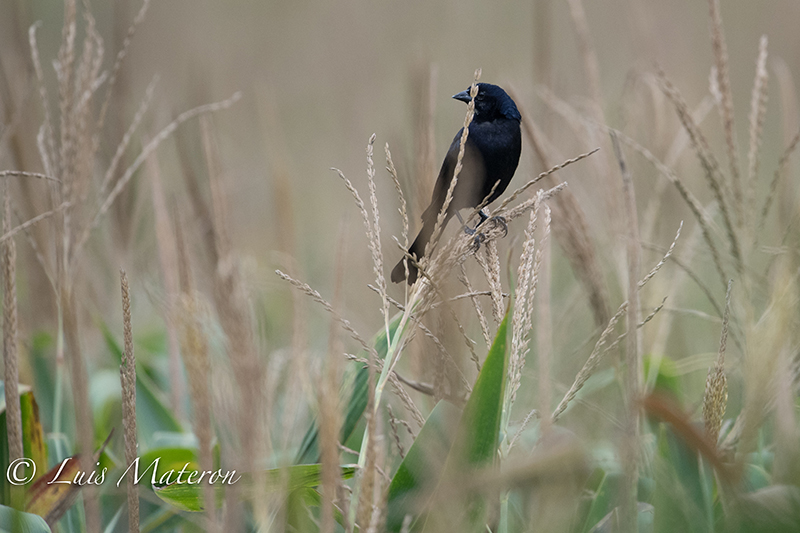
LAM_4377
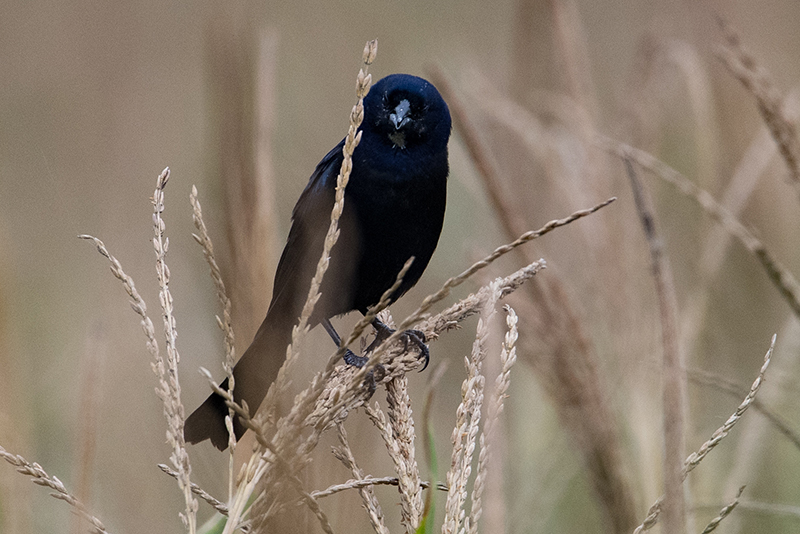
LAM_4376_detail
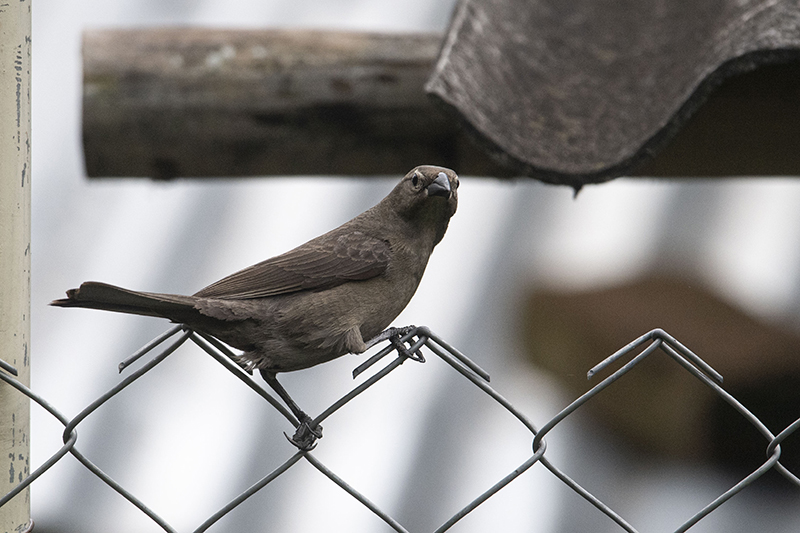
LAM_5490
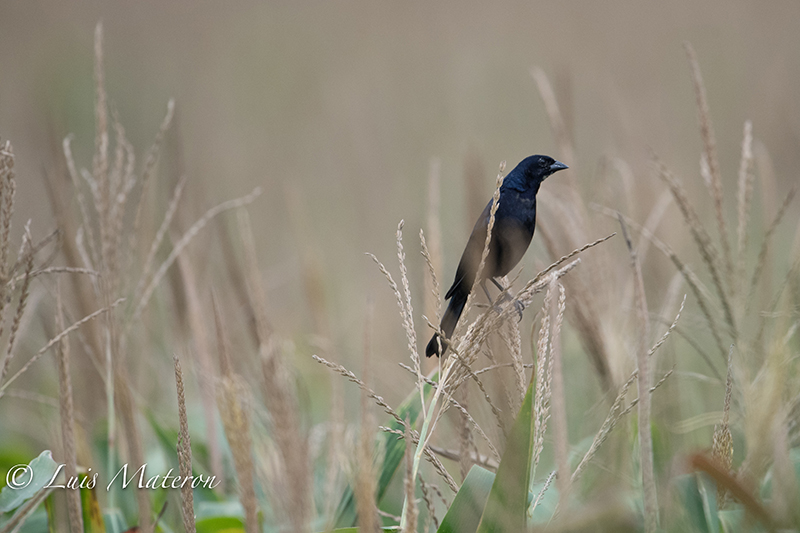
LAM_4378
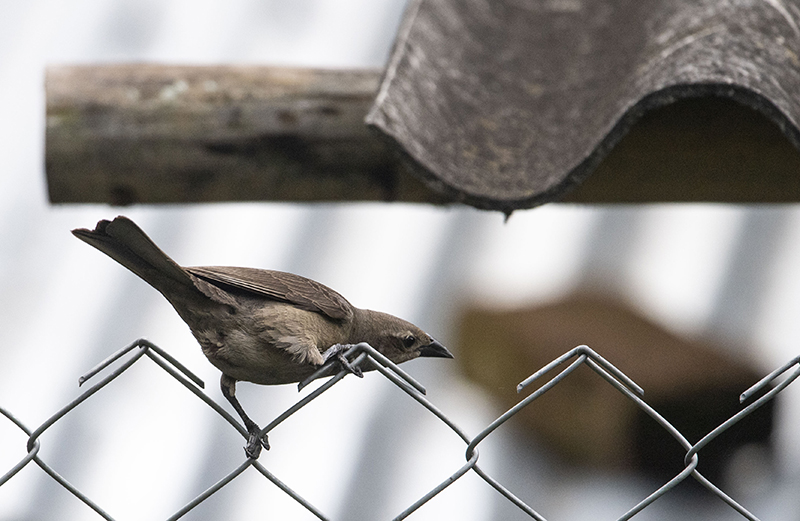
LAM_5489

LAM_5488
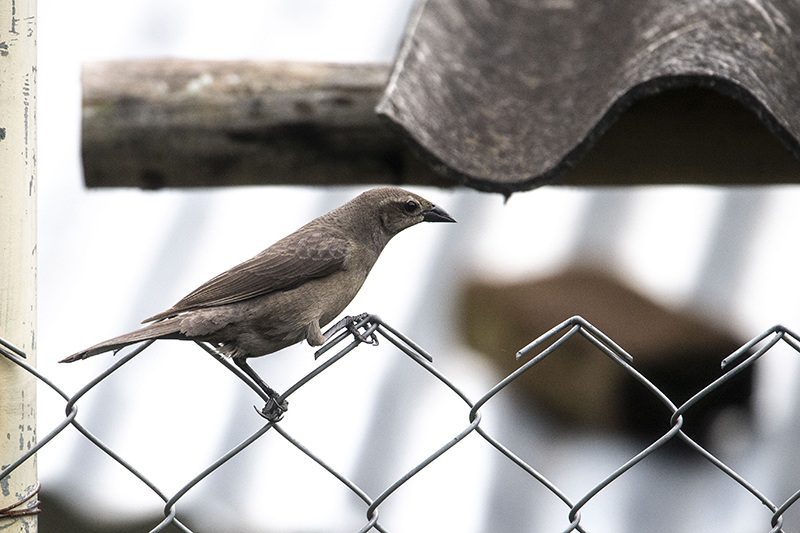
LAM_5491
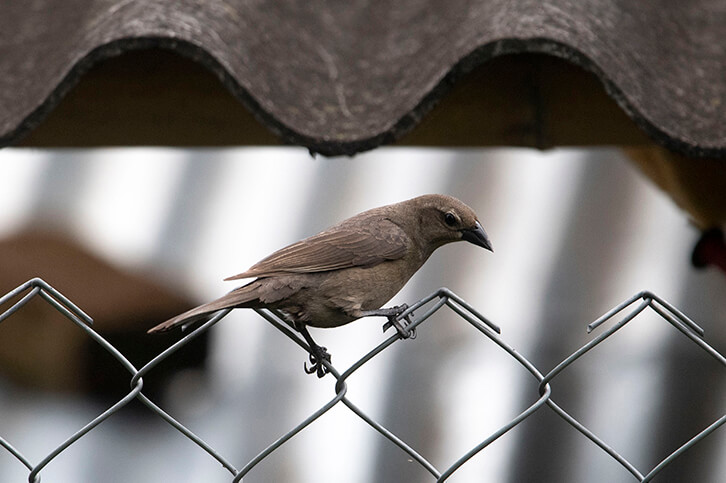
LAM_5492
